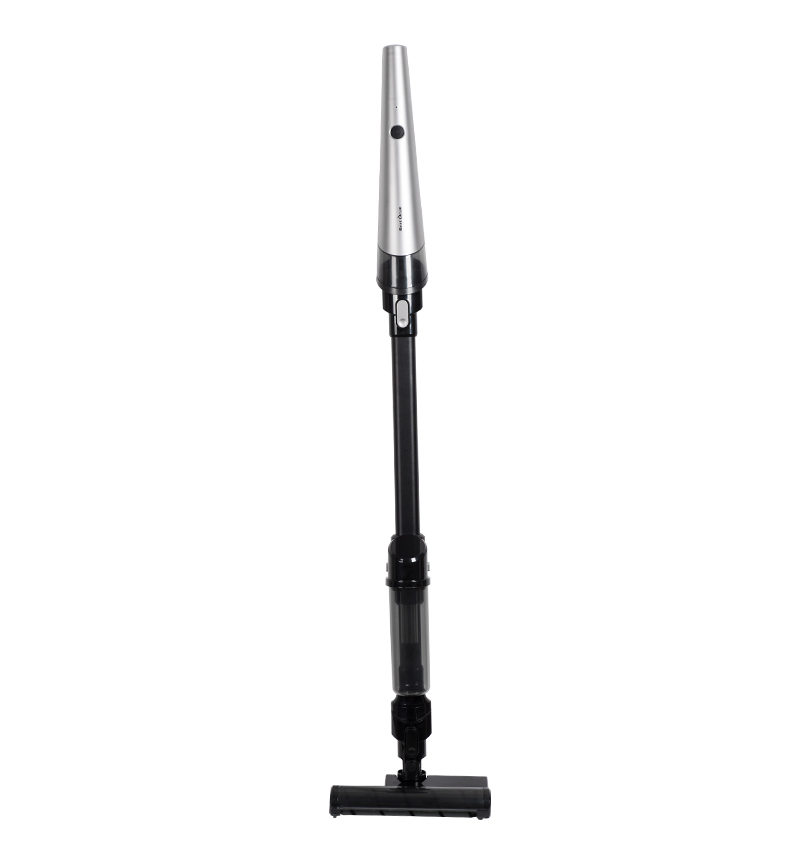The motor design and RPM (revolutions per minute) are fundamental factors that directly influence both the suction power and airflow efficiency of compact car vacuum cleaners. These two performance aspects—suction and airflow—are essential for effectively removing a range of debris types commonly found in vehicles, such as dust, sand, food particles, and pet hair.
1. Motor Type and Construction
Compact car vacuum cleaners typically use either brushed DC motors or brushless DC motors (BLDC). Brushless motors are more energy-efficient, produce less heat, and have a longer lifespan. They can also operate at higher RPMs with better control over torque and speed, enabling more consistent suction power throughout the cleaning process. The internal design of the motor, including winding configuration, magnet strength, and cooling mechanism, plays a key role in how much power can be converted into usable airflow.
2. RPM and Impeller Performance
Higher RPMs generally lead to higher suction potential, as the motor drives the impeller (fan) at greater speeds to create negative pressure. This negative pressure is what draws in air and debris. However, simply increasing RPM doesn't always lead to better performance. There must be a balance between RPM and torque: a motor spinning too fast with insufficient torque may produce high noise and heat while offering suboptimal suction under load (e.g., when vacuuming dense materials or working in tight corners).

3. Airflow Path and Efficiency
Motor design also impacts airflow channel optimization. A well-designed motor will be paired with a turbine or impeller system that maximizes airflow efficiency by minimizing turbulence and back pressure. Efficient airflow ensures that suction is maintained even as filters begin to accumulate dust or when the vacuum is used in longer cleaning sessions. Motors with high efficiency also contribute to battery life optimization in cordless models by drawing less current for the same output.
4. Cooling and Thermal Management
Compact vacuum cleaners often operate in confined spaces, so motors with poor cooling systems can overheat, leading to thermal shutdowns or degradation in performance. High-RPM motors must be carefully designed to dissipate heat without sacrificing airflow for cooling purposes. Some high-end models incorporate dual-motor systems or bypass cooling systems, which separate the cooling air from the vacuumed air, preserving performance even during continuous use.
5. Impact on Noise and Vibration
High RPM motors, if not properly engineered, can produce excessive noise and vibration, which diminishes user comfort and affects perceived quality. Therefore, achieving a balance between high-speed performance and smooth, quiet operation is a hallmark of well-designed compact vacuum cleaners. Motor balancing, precision bearings, and acoustic insulation all contribute to minimizing these effects.


 中文简体
中文简体

















